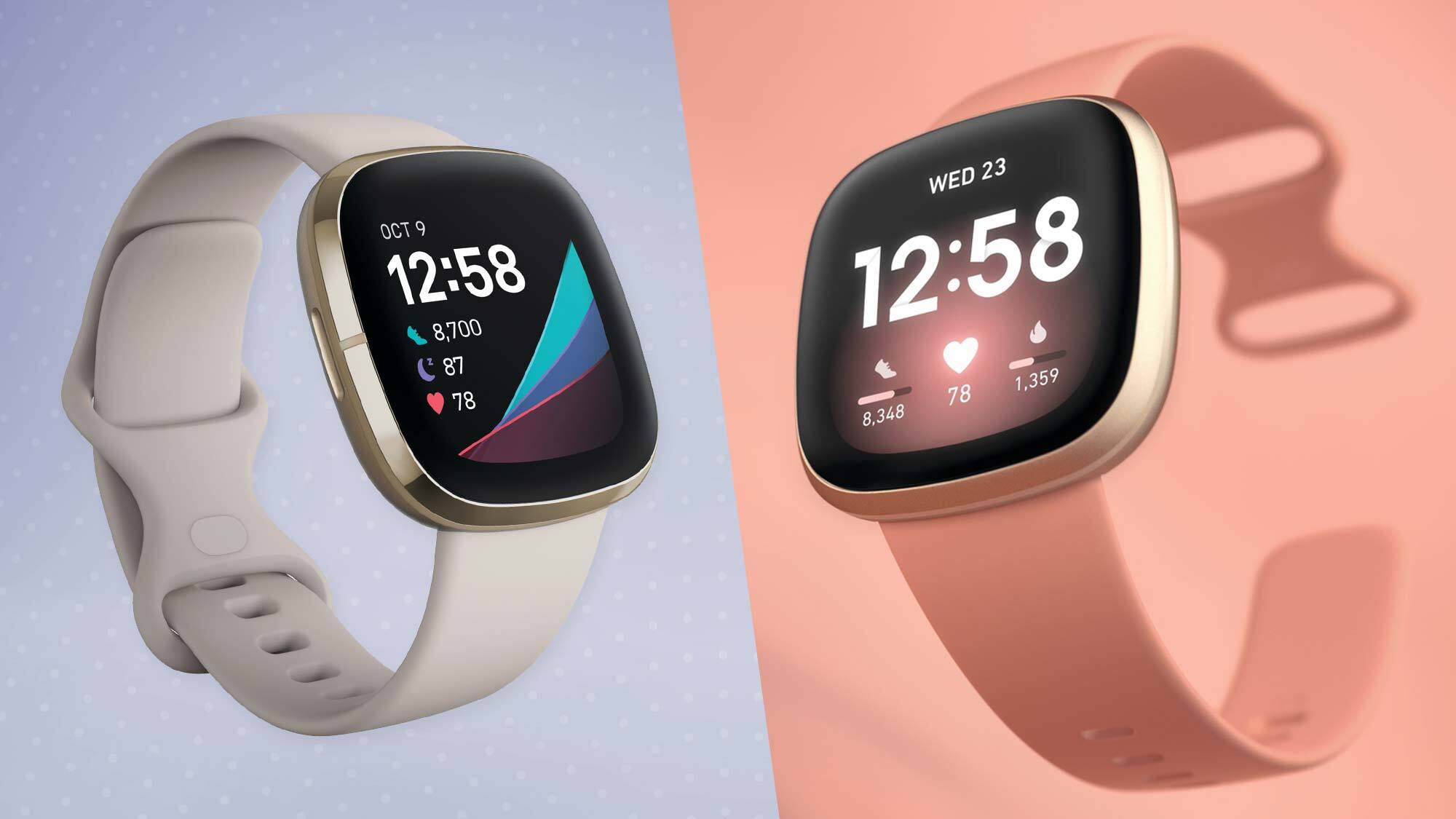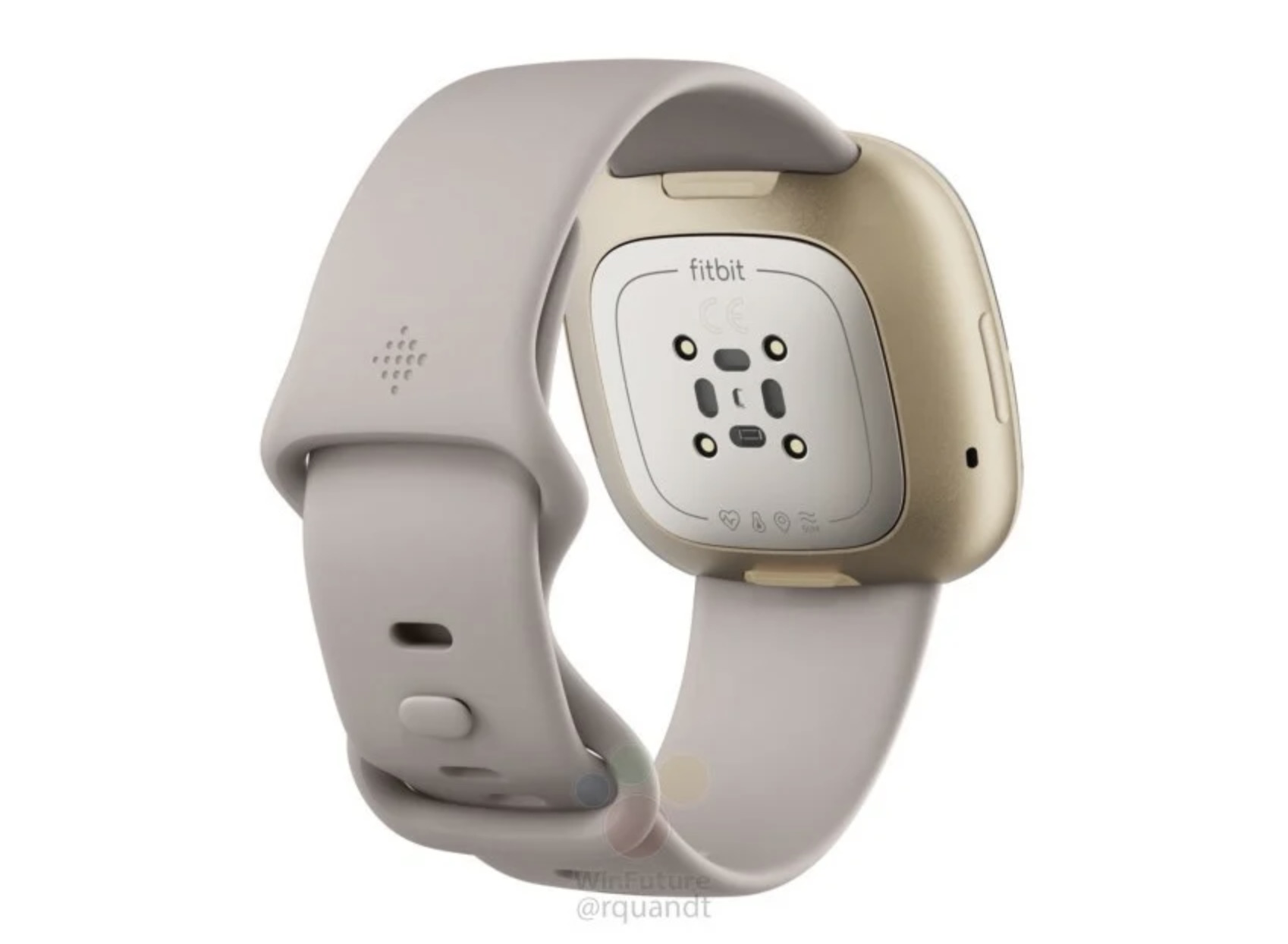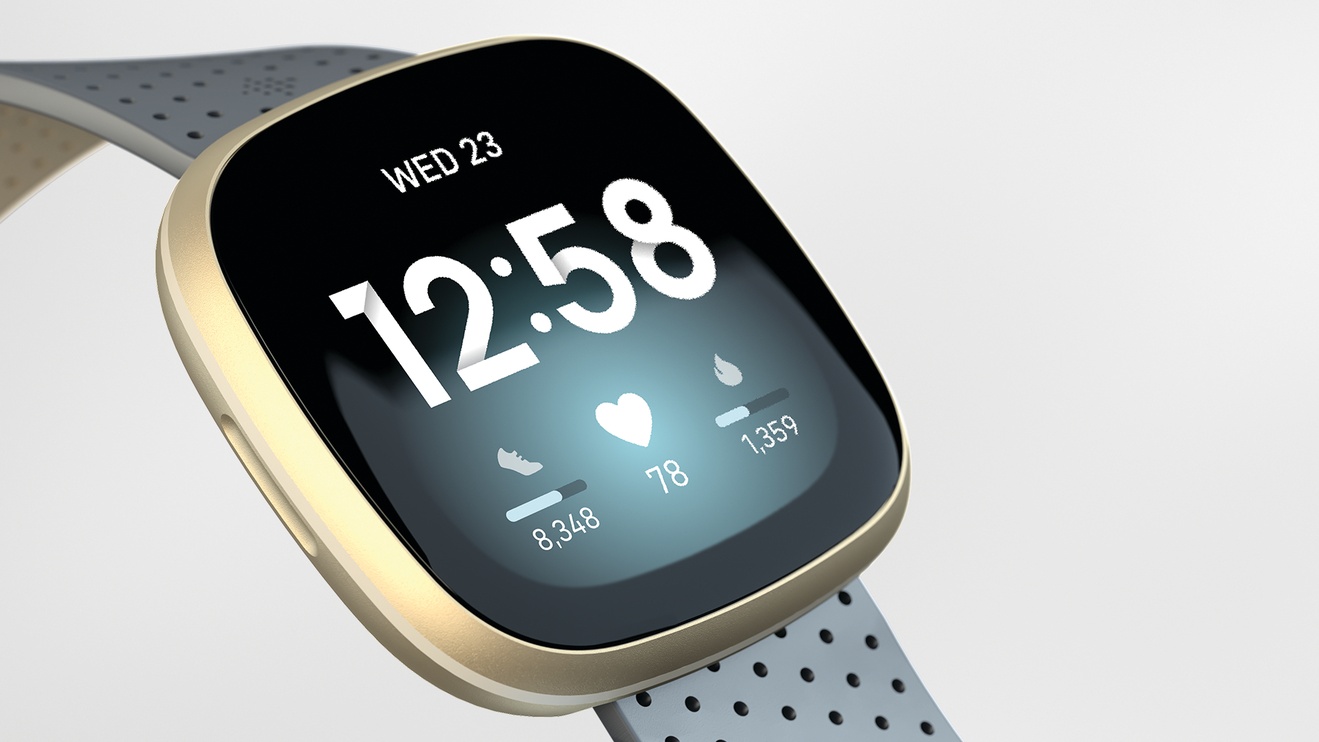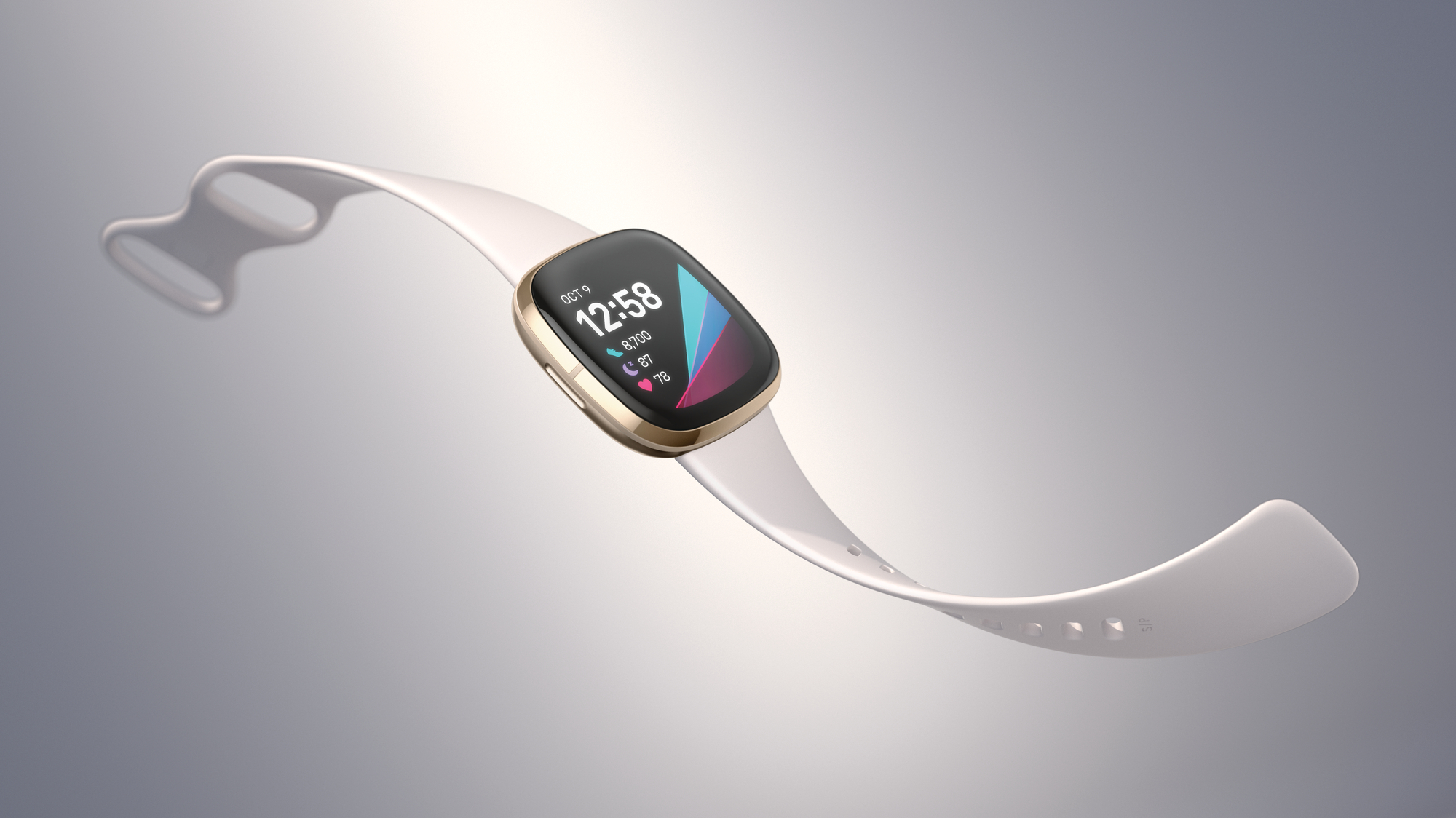Fitbit Sense vs. Fitbit Versa 3: Which smartwatch is best for you?
Here's how the Fitbit Sense and Fitbit Versa 3 stack up

Fitbit has two popular smartwatches, the Fitbit Sense and the Fitbit Versa 3. Both look similar and have a number of overlapping features, but the Sense has a number of extra perks, such as an ECG monitor and a skin temperature sensor. It also costs $100 more than the Versa 3.
So is the pricier Sense worth it? We'll compare the Fitbit Sense vs. the Fitbit Versa 3 to see which is best for you.
It's worth noting, if you are comparing these models, both are now older Fitbit models. The Fitbit Sense has been replaced with the Fitbit Sense 2, and the Fitbit Versa 3 has been replaced with the Fitbit Versa 4. The older watches are both still available to buy, and are likely to be on sale now the newer watches have been on the market for a while.
Fitbit Sense vs. Fitbit Versa 3: Price
The Fitbit Sense costs $329, and the Fitbit Versa 3 costs $229; that's a $100 difference. However, the Fitbit Sense also comes with a six-month trial of Fitbit Premium (normally $9.99/month or $79/year), which gives you access to additional features such as personalized guidance and workouts, additional sleep score data, and guided audio tracks to help you calm yourself.
Is Fitbit Premium worth it? Our fitness editor weighs up the pros and cons here.
Fitbit Sense vs. Fitbit Versa 3: Specs compared
| Row 0 - Cell 0 | Fitbit Sense | Fitbit Versa 3 |
| Price | $329 | $229 |
| Display | 1.58-inch AMOLED (336 x 336 pixels) | 1.58-inch AMOLED (336 x 336 pixels) |
| GPS | Yes | Yes |
| Heart Rate Sensor | Yes | Yes |
| ECG monitor | Yes | No |
| EDA sensor | Yes | No |
| Skin Temperature sensor | Yes | No |
| On-board music | Yes | Yes |
| Battery Life | 6 days | 6 days |
Fitbit Sense vs. Fitbit Versa 3: Design
Visually, there's very little to distinguish between the Sense and the Versa 3. Both are the same size and have the same squircle design and display. The front of the Sense has two small marks on either side of its screen, but otherwise looks just like the Versa 3.

The Sense's case is available in graphite stainless steel or soft gold stainless steel, while the Versa 3 comes in soft gold aluminum or black aluminum. The bands for both watches are interchangeable, and Fitbit offers dozens of options; we expect there will be a pretty robust market of third-party bands in the near future, too.
Sign up to get the BEST of Tom's Guide direct to your inbox.
Get instant access to breaking news, the hottest reviews, great deals and helpful tips.
Fitbit Sense vs. Fitbit Versa 3: Health and fitness features
The biggest differences between the Fitbit Sense and the Versa 3 lie in their respective health and fitness features. Let's start with the features they share, though: Both devices have GPS built in, which means you can track your runs and not have to bring your phone with you.
And, because both have heart rate sensors, you get Fitbit's Workout Intensity Map, which shows where on your run or bike ride your heart was pumping the fastest. They can both track your heart rate and activity all day, as well as your sleep at night.
However, the Fitbit Sense has a few more health features built in. For starters, it has an ECG app (pending FDA approval) which can help monitor your heart for signs of atrial fibrillation (AFib), a condition where your heart beats irregularly, and could be a sign of something more serious. The Sense will also send you alerts if your heart rate is too high or too low outside of your normal zones.
The underside of the Fitbit Sense also has a skin temperature sensor, which tracks the temperature of your epidermis nightly; changes in your skin temperature could indicate such things as the onset of an illness, menstrual cycle, or pregnancy. While Fitbit says that it's not medically certified, a variance in your skin temperature could be an early indicator.
Last, the Fitbit Sense has an electrodermal activity (EDA) sensor, which measures the amount of electricity traveling through the outer layer of your skin. You use this feature by placing the palm of your hand on top of the Sense. Electrodermal activity is one way to measure your body's reaction to stress; the Sense and Fitbit's app will then guide you through mediation sessions and other stress-relieving activities, and suggest ways to help mitigate stress.
Fitbit Sense vs. Fitbit Versa 3: Smartwatch features

The Sense and the Versa 3 have all of the same smartwatch functions, including Fitbit Pay, notifications, customizable clock faces, apps, and the ability to store music on the device itself.
Both smartwatches also have Alexa and, this winter, Google Assistant built in. And, both have a 6-day battery life, and up to 12 hours when using GPS constantly.
Fitbit Sense vs. Fitbit Versa 3: Which is best for you?

The best way to distinguish between the Sense and the Versa 3 is health vs. fitness.
If you're looking for a smartwatch for primarily fitness reasons, then the Fitbit Versa 3 is the better option. At $229, it's competitively priced with other sports watches such as the Garmin Forerunner 45, the Apple Watch Series 3, and the Samsung Galaxy Watch Active 2, all of which cost $199.
However, if you want a Fitbit smartwatch that takes a more holistic look at your health—both mental and physical—then the Fitbit Sense is the better choice, even if it is $100 more.
Looking for a more updated model? Check out our Fitbit Versa 4 review here, as well as our Fitbit Sense 2 review. We've also put the Fitbit Sense 2 vs Apple Watch Series 8 here.
Be sure to check out all of our health and fitness coverage:
Best fitness trackers | Best smartwatches | Best Fitbit | Best cheap fitness trackers

Michael A. Prospero is the U.S. Editor-in-Chief for Tom’s Guide. He oversees all evergreen content and oversees the Homes, Smart Home, and Fitness/Wearables categories for the site. In his spare time, he also tests out the latest drones, electric scooters, and smart home gadgets, such as video doorbells. Before his tenure at Tom's Guide, he was the Reviews Editor for Laptop Magazine, a reporter at Fast Company, the Times of Trenton, and, many eons back, an intern at George magazine. He received his undergraduate degree from Boston College, where he worked on the campus newspaper The Heights, and then attended the Columbia University school of Journalism. When he’s not testing out the latest running watch, electric scooter, or skiing or training for a marathon, he’s probably using the latest sous vide machine, smoker, or pizza oven, to the delight — or chagrin — of his family.
